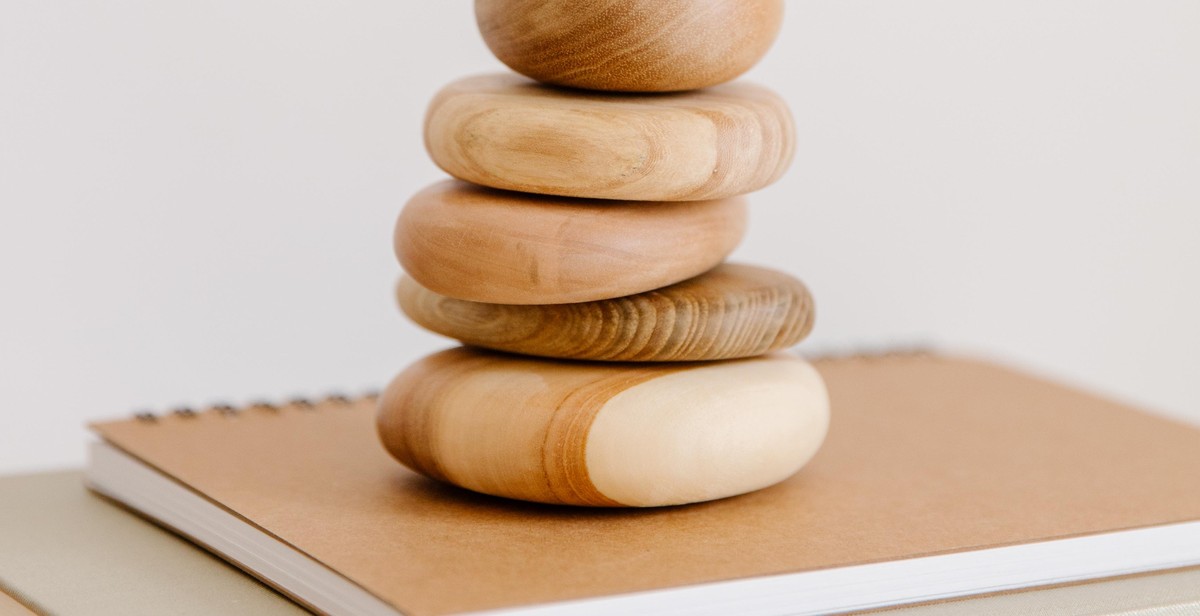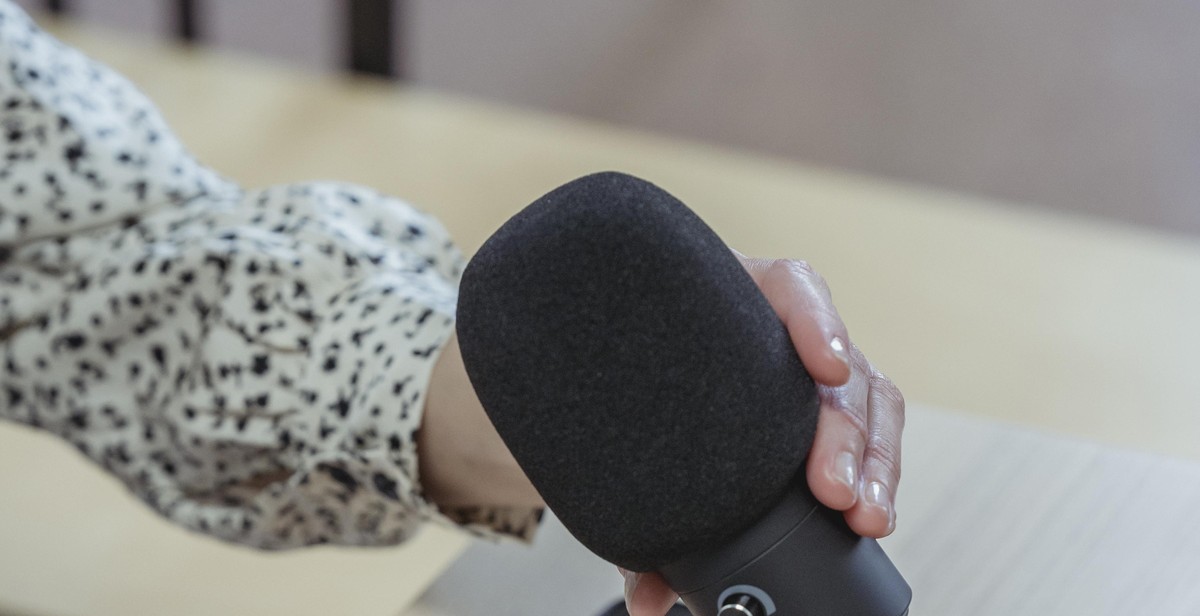Introduction
In today’s fast-paced world, technology has become an integral part of our lives. We rely on our smartphones, laptops, and other digital devices to stay connected with the world and to get our work done. However, with the constant barrage of notifications, emails, and social media updates, it’s easy to get overwhelmed and feel like we’re always “on”. This is where digital detox comes in.
What is Digital Detox?
Digital detox is the practice of taking a break from technology and digital devices for a set period of time. It’s a way to disconnect from the digital world and reconnect with the real world. The goal of digital detox is to reduce stress, improve productivity, and promote better work-life balance.
Creating a digital detox plan can be challenging, especially if you’re used to being connected all the time. But with the right strategies and mindset, it’s possible to create a plan that works for you. In this article, we’ll explore how to create a digital detox plan that will help you achieve better work-life balance.

Why You Need a Digital Detox Plan
In today’s fast-paced world, technology has become an integral part of our lives. From smartphones to laptops, we are constantly connected to the digital world. While technology has made our lives easier, it has also disrupted our work-life balance. The constant notifications, emails, and social media updates can be overwhelming, leading to stress, anxiety, and burnout.
Effects of Technology on Work-Life Balance
The use of technology has blurred the line between work and personal life. With the rise of remote work, many employees find themselves working longer hours and checking emails even after work hours. This has led to a decrease in productivity and an increase in stress levels.
Additionally, the overuse of technology has been linked to poor sleep quality. The blue light emitted from screens can disrupt the body’s natural sleep cycle, leading to insomnia and other sleep disorders. This can further affect work performance and overall well-being.
Benefits of a Digital Detox Plan
A digital detox plan can help individuals regain control of their work-life balance and improve their overall well-being. Here are some of the benefits:
- Reduced stress: By disconnecting from technology, individuals can reduce the constant stimulation and distractions that contribute to stress and anxiety.
- Improved sleep: A digital detox plan can help individuals establish a healthy sleep routine, leading to better sleep quality and overall well-being.
- Increased productivity: By taking breaks from technology, individuals can improve their focus and concentration, leading to increased productivity and efficiency.
- Better relationships: By disconnecting from technology, individuals can spend more quality time with family and friends, improving their relationships and social connections.
A digital detox plan doesn’t have to be extreme. It can be as simple as setting boundaries on technology use, taking breaks throughout the day, and disconnecting during weekends and vacations. By prioritizing self-care and disconnecting from technology, individuals can improve their work-life balance and overall well-being.

Steps to Create a Digital Detox Plan
In today’s digital age, it’s easy to become overwhelmed by technology. Between social media, emails, and notifications, it can feel like we’re constantly connected and never able to truly disconnect. That’s where a digital detox plan comes in. By taking intentional breaks from technology, you can improve your work-life balance and overall well-being. Here are five steps to help you create a digital detox plan:
Step 1: Assess Your Current Technology Use
The first step in creating a digital detox plan is to assess your current technology use. Take a look at your daily habits and identify areas where you spend excessive amounts of time on technology. This could be scrolling through social media before bed or checking work emails during dinner. Once you’ve identified these habits, you can start to make changes.
Step 2: Identify Your Priorities
The next step is to identify your priorities. What activities and relationships are most important to you? Make a list of these priorities and consider how technology use may be impacting them. For example, if spending time with family is a top priority, you may want to limit phone use during family meals or outings.
Step 3: Set Boundaries and Limits
Once you’ve identified your priorities, it’s time to set boundaries and limits. This could mean turning off notifications during certain hours of the day or designating specific times for checking email. You may also want to limit the amount of time you spend on social media or other non-essential technology use.
Step 4: Schedule Time for Technology-Free Activities
Scheduling time for technology-free activities is an important part of a digital detox plan. This could be anything from reading a book to going for a walk in nature. By intentionally setting aside time for these activities, you’ll be less likely to reach for your phone or computer during your downtime.
Step 5: Communicate Your Plan with Others
Finally, it’s important to communicate your plan with others. Let your friends, family, and coworkers know that you’re making an effort to disconnect from technology and ask for their support. You may also want to consider setting boundaries with others, such as not responding to work emails after a certain time of day.
- Assess your current technology use
- Identify your priorities
- Set boundaries and limits
- Schedule time for technology-free activities
- Communicate your plan with others
By following these five steps, you can create a digital detox plan that works for you. Remember, the goal isn’t to completely eliminate technology from your life, but rather to use it in a way that supports your priorities and overall well-being.
Tips for a Successful Digital Detox
Creating a digital detox plan can be challenging, but with the right approach, it can be a rewarding and life-changing experience. Here are some tips to help you succeed:
Start Small
Don’t try to eliminate all digital devices and platforms at once. Instead, start with a few hours a day or one day a week. This will make it easier for you to adjust to the changes and reduce the risk of relapse. You can gradually increase the time as you become more comfortable with the process.
Be Realistic
Set achievable goals that align with your lifestyle and needs. For instance, if you work remotely, it may not be possible to completely disconnect from your devices. In such a case, you can set time limits for specific tasks and avoid using your phone or computer during non-work hours. Remember, the goal is to find a balance between digital and real-life activities.
Stay Accountable
Share your digital detox plan with friends, family, or colleagues and ask them to hold you accountable. This can be in the form of regular check-ins or setting up a reward system for achieving your goals. You can also use apps or tools that track your screen time and provide feedback on your progress.
Reward Yourself
Celebrate your milestones and successes along the way. This can be as simple as taking a walk in nature, reading a book, or spending quality time with loved ones. By rewarding yourself, you reinforce positive behavior and build motivation to continue with your digital detox plan.
Conclusion
By following these tips, you can create a digital detox plan that works for you and helps you achieve better work-life balance. Remember, the key is to start small, be realistic, stay accountable, and reward yourself. With time and practice, you’ll be able to enjoy the benefits of a healthier relationship with technology.

Conclusion
Creating a digital detox plan is a great way to improve your work-life balance and overall well-being. By taking the time to disconnect from technology, you can reduce stress, improve sleep, and increase productivity.
Benefits of a Digital Detox Plan
- Reduced stress levels
- Better sleep quality
- Improved productivity
- Increased creativity
- Enhanced focus and concentration
- Stronger relationships with loved ones
- Greater appreciation for the present moment
Getting started with a digital detox plan may seem daunting, but it’s important to remember that small changes can make a big difference. Start by setting boundaries around technology use, such as turning off notifications during mealtimes or setting a specific time to check email. Gradually increase the amount of time you spend disconnected from technology, and don’t be afraid to ask for support from friends, family, or colleagues.
Remember, a digital detox plan is not about completely eliminating technology from your life, but rather finding a healthy balance that works for you.
| Tip: | Consider incorporating mindfulness practices, such as meditation or yoga, into your digital detox plan to further reduce stress and improve overall well-being. |
|---|
Ultimately, a digital detox plan can help you live a more balanced and fulfilling life, both personally and professionally. By taking the time to disconnect and recharge, you’ll be better equipped to handle the demands of the digital world and enjoy all the benefits that technology has to offer.
